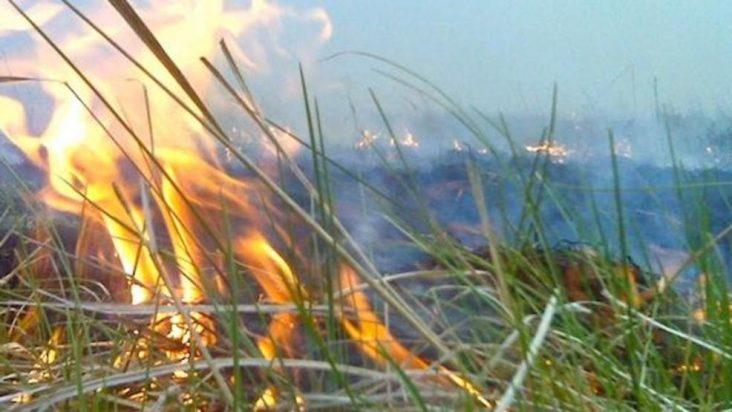Smoke management guidelines released
by October 3, 2019 6:28 pm 456 views

Burning agricultural fields at the end of the harvest season has always been a double edge sword in Northeast Arkansas. Smoke from the burning fields can have health and vision impacts in cities and towns throughout the region. Farmers argue that it’s the most cost effective way to remove harvest debris and it helps to reduce crop diseases and insects.
A tool kit is available for partners in agriculture and conservation to promote the implementation of Voluntary Smoke Management Guidelines by row crop farmers, and to inform the public about the value of prescribed fire as a management tool, according to the Arkansas Agriculture and Forestry Department. Outreach materials including videos and public service announcements are included in the tool kit, available for free here. Voluntary Smoke Management Guidelines are available here.
Row crop farmers use prescribed fires in the fall as part of crop management plans to remove stubble following the harvest of rice, soybeans, corn, and cotton. Prescribed burning is an efficient and economical control method of eliminating pests and diseases that can be detrimental to future crops and of preparing fields for the next growing season. Burning crop residue also allows for no-till or reduced-till planting during the next growing season. Smoke management planning prior to the application of prescribed fires helps to reduce smoke impact on roadways, nearby towns, and sensitive areas like schools, nursing homes, churches, and other facilities.
“It is crucial for farmers to participate in this voluntary program, so we can continue the responsible stewardship of our resources and avoid future regulations and red tape for our producers. Prescribed fire is a valuable tool and calling the hotline before burning takes only seconds. Taking these proactive measures today will help us ensure a quality air shed for our families and communities for generations to come,” said David Gairhan, Arkansas Rice Federation Chairman.
Tool kit outreach resources focus on the following five items included in the Safe Burning Checklist, which farmers complete before applying prescribed fire:
- Take extra precautions for smoke sensitive areas (highways, residents, communities, etc.)
- Report burns to the Arkansas Agriculture Department (AAD) Dispatch Center (1-800-830-8015)
- Check to make sure relative humidity is above 20%
- Check to make sure wind speed is less than 15 mph
- Be sure to follow appropriate Smoke Category Day guidelines
Reporting the burn to the ADA Dispatch Center provides a full understanding to the farmer of weather conditions, information about other burns in the area, and proximity of nearby smoke sensitive areas like schools, nursing homes, and highways. Reporting the burn also provides notice to the public by having the burn added to a publicly available list here.
“This tool kit can be used to help educate our farmers on Voluntary Smoke Management guidelines and practices and it can also be used to educate the public on why prescribed burns are an important management tool,” said Secretary of Agriculture Wes Ward. “By using the guidelines, we can continue to be good neighbors to all Arkansans.”
